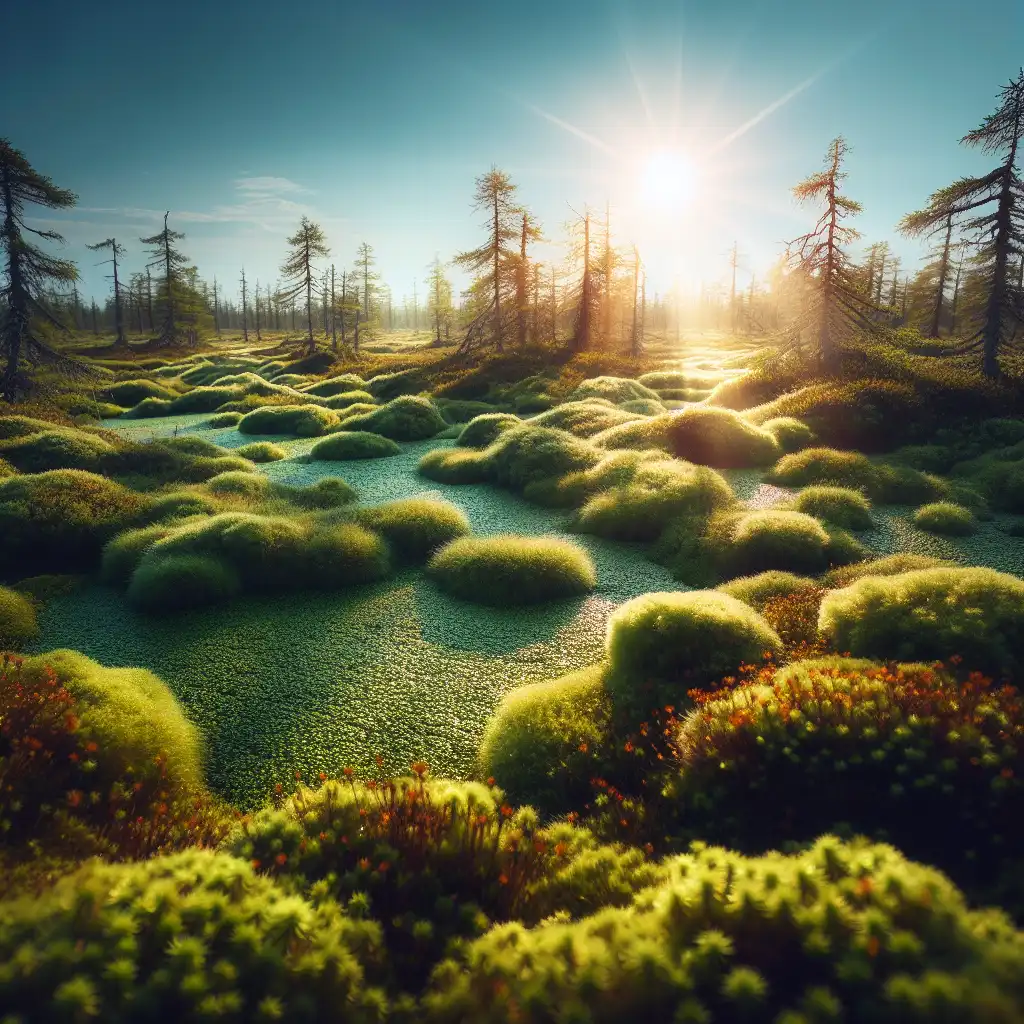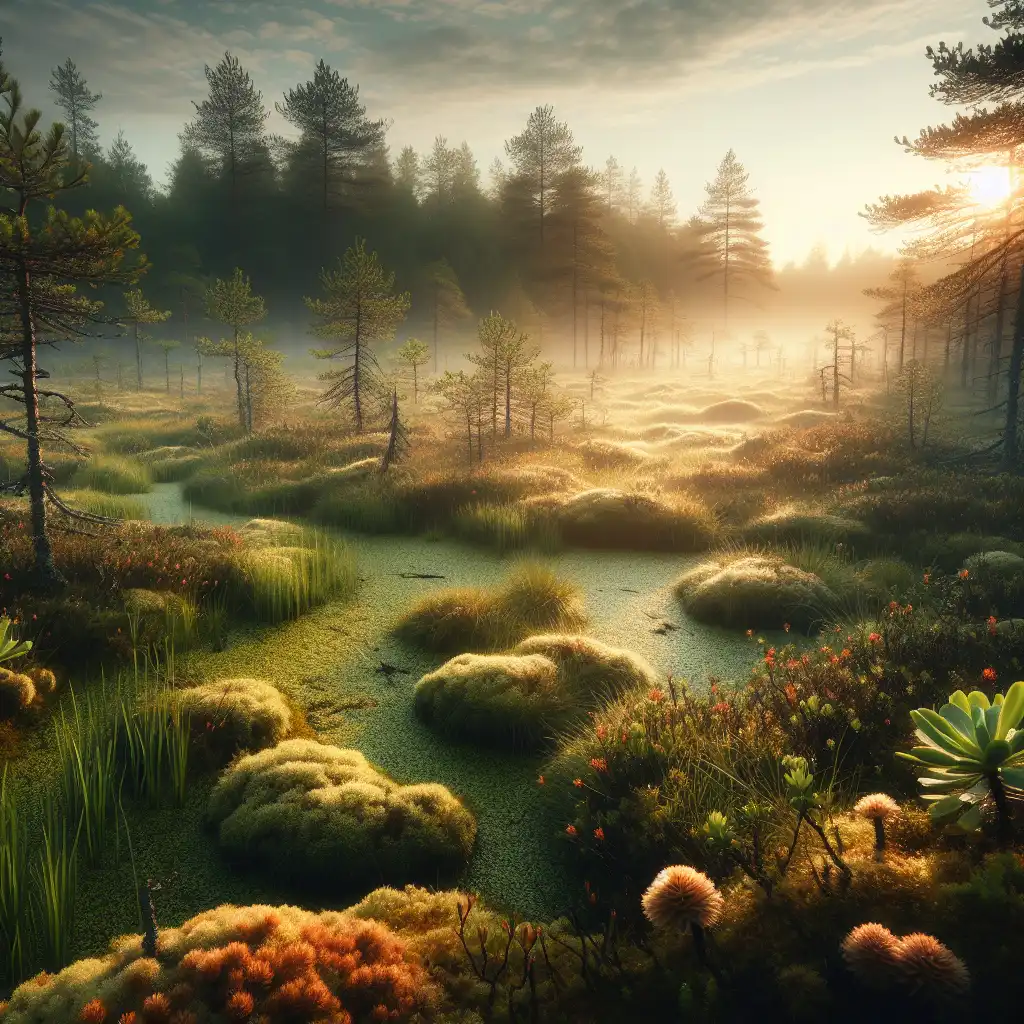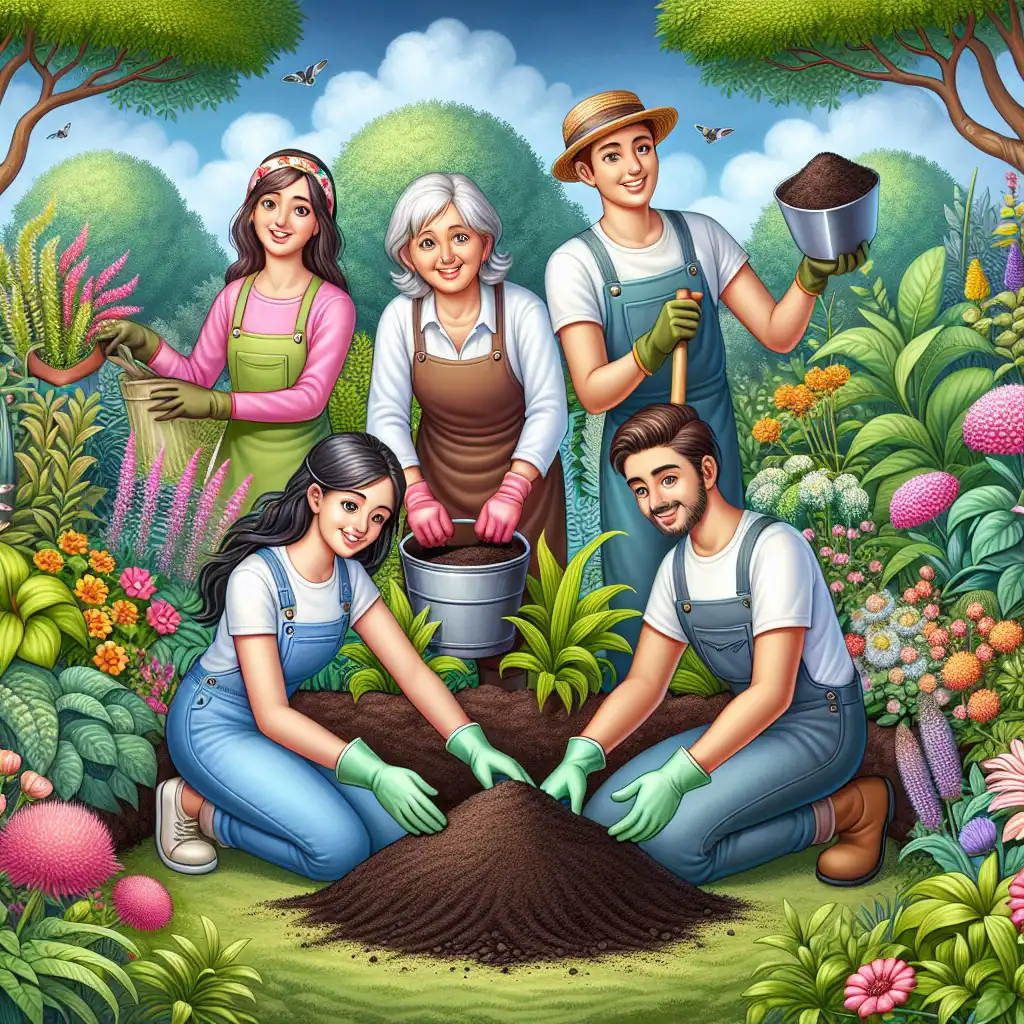
Sphagnum
Habitat Context
Sphagnum thrives in marshy, waterlogged areas, often forming large mats.  Bogs are characterized by the abundance of sphagnum.
Bogs are characterized by the abundance of sphagnum.
Environmental Role
Sphagnum is important for ecosystem health and can store water like a sponge.  Wetlands rely on sphagnum to maintain their delicate ecological balance.
Wetlands rely on sphagnum to maintain their delicate ecological balance.
Cultural Uses
Sphagnum has been used historically for wound dressing and as a soil conditioner.  Gardeners often use sphagnum peat to improve soil quality.
Gardeners often use sphagnum peat to improve soil quality.